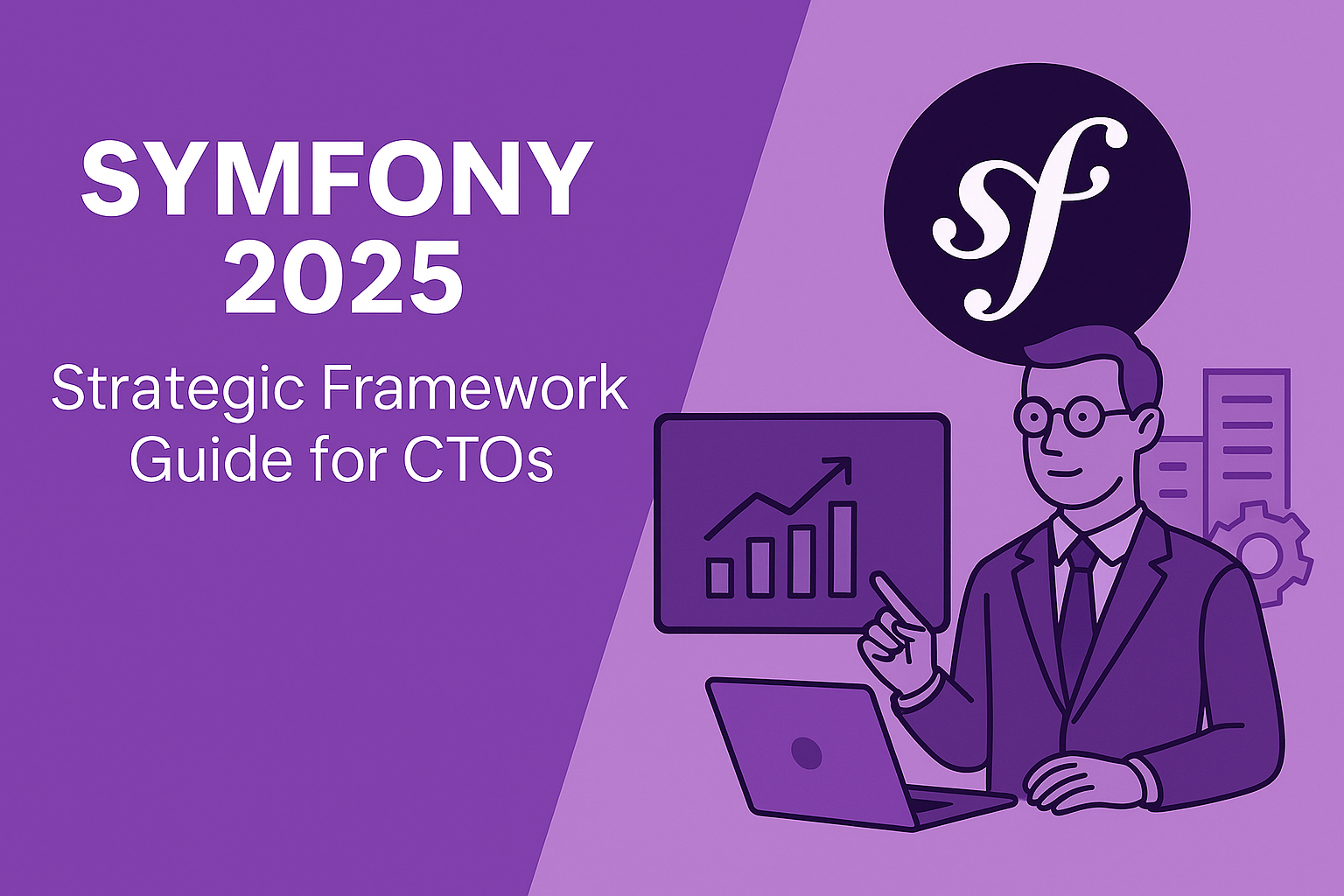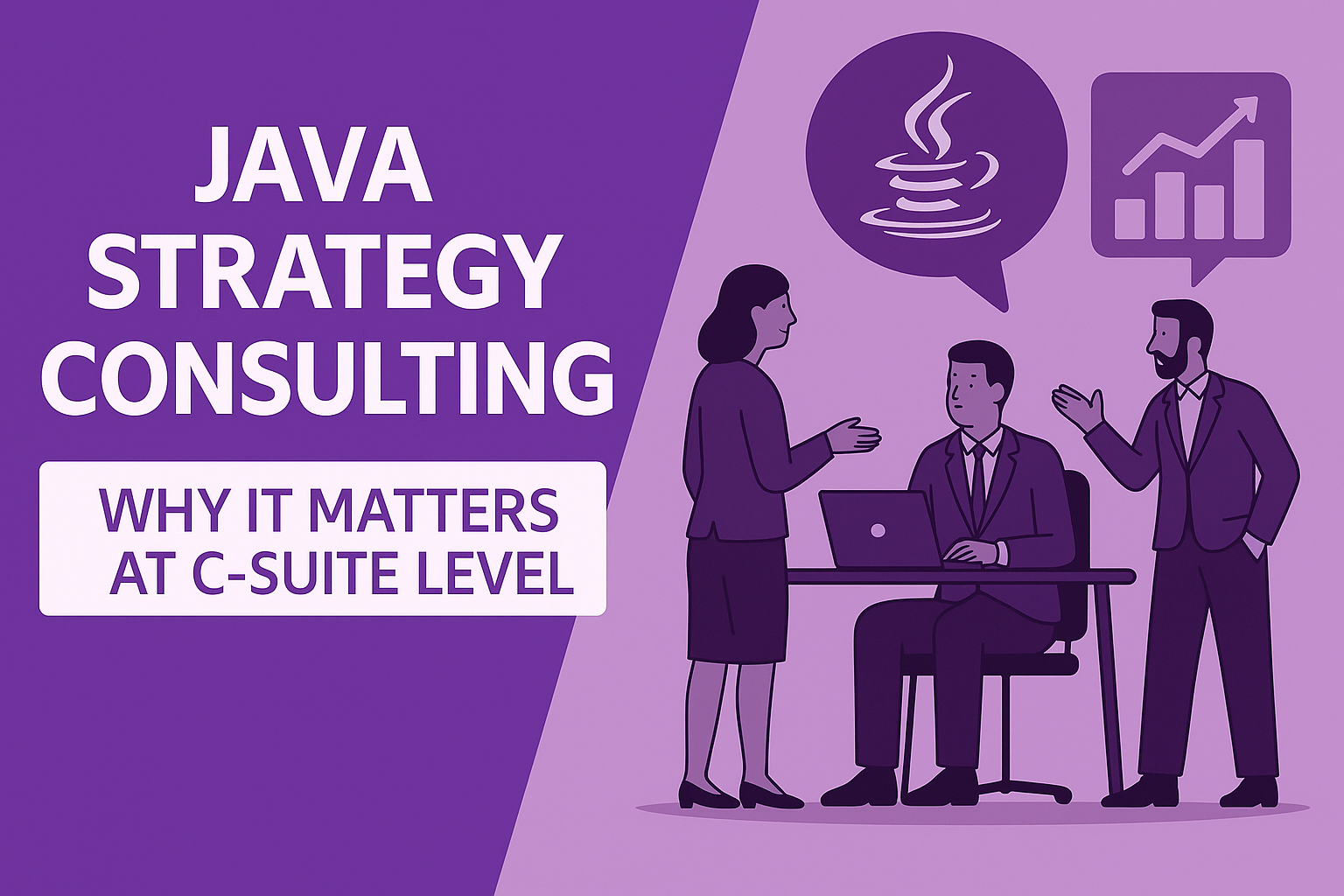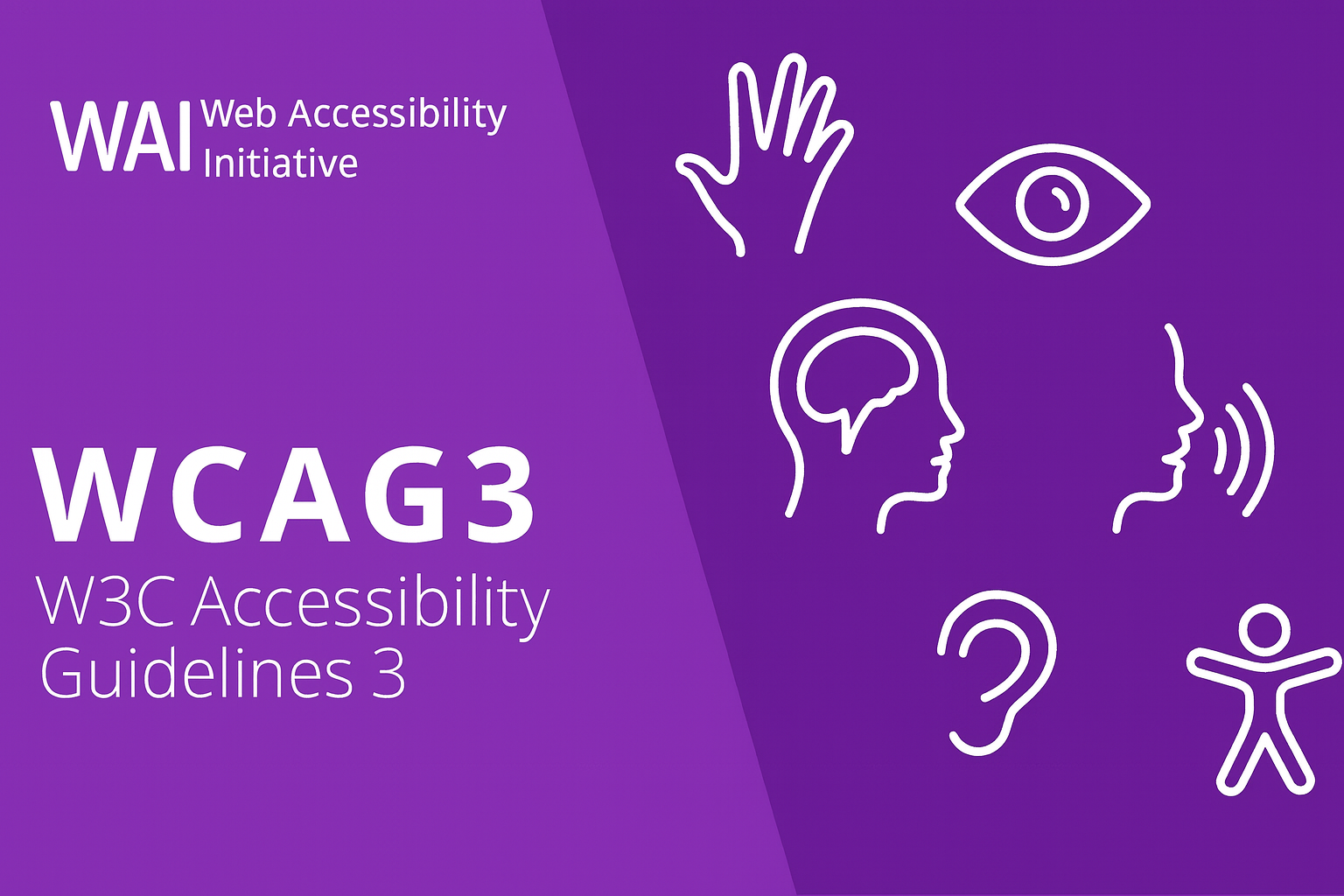This deep-dive analysis expands on our comprehensive PHP framework comparison, providing CTOs with detailed insights for enterprise Symfony adoption decisions.
While Symfony, Laravel, and Slim each have strengths, many technology leaders now seek a deeper understanding of Symfony’s enterprise-level capabilities
Symfony has established itself as the enterprise PHP framework of choice in 2025, serving 600,000+ developers globally and powering critical systems at Facebook, Spotify, and Trivago. With Symfony 7.4 LTS launching November 2025 (support through 2029), technology leaders have a compelling case for long-term enterprise adoption.
Key Strategic Advantages:
Benchmarks show Symfony can deliver 6.5–12x performance gains over mainstream alternatives when properly optimized.
Business Case: Why Enterprise Organizations Choose Symfony
Total Cost of Ownership Analysis
Development Investment: Higher upfront costs (4-6 months team proficiency) are offset by 40-60% reduction in technical debt compared to rapid-development frameworks. Organizations implementing dedicated development teams report superior long-term maintainability and reduced maintenance costs.
Operational Efficiency: Symfony's component architecture enables selective optimization without framework replacement. Teams can upgrade individual components (routing, security, caching) without full application rewrites, extending application lifecycles and reducing migration risks.
Performance and Scalability
Enterprise Performance Metrics:
- FrankenPHP integration: 3x performance improvement over traditional PHP-FPM
- Memory efficiency: 40-60% lower footprint than full-stack alternatives
- Real-world validation: Spotify's Ad Platform handles 100M+ daily requests with sub-50ms response times
Scalability Architecture: Symfony's stateless design and component modularity enable cloud-native architectures. Organizations leveraging DevOps and cloud migration services report seamless scaling from startup MVPs to enterprise platforms handling millions of users.
Strategic Technology Advantages
AI and Modern Development Integration
Symfony AI Initiative (2025): Native AI component integration with 500+ GitHub stars in first month provides:
- Structured AI workflow integration for business process automation
- Enterprise-ready AI governance with audit trails and compliance features
- MCP SDK Partnership enabling enterprise AI integrations with security controls
Component Ecosystem Advantage
Infrastructure Reusability: Symfony components power Laravel, Drupal, and 207.9 million package installations, creating:
- Extensive community validation of component stability
- Cross-platform talent pools reducing hiring constraints
- Battle-tested security through diverse implementation exposure
Implementation Strategy for Technology Leaders
Team Readiness Assessment
Skill Requirements:
- Senior PHP developers with deep OOP and design pattern knowledge
- Architecture experience in dependency injection and service-oriented design
- Learning investment: 4-6 months for full proficiency with 35-50% improvement in code quality metrics
For organizations considering staff augmentation or building remote teams, Symfony's explicit architecture creates transferable knowledge across projects and faster onboarding of new developers.
Migration Pathway Options
Legacy Integration: Component-by-component adoption enables gradual modernization:
- Phase 1: Adopt Symfony Console for CLI tools
- Phase 2: Implement Symfony Security for authentication
- Phase 3: Migrate critical APIs to Symfony HTTP Foundation
- Phase 4: Full application migration with proven foundation
Quality Assurance: Organizations should implement comprehensive QA as a Service strategies during Symfony adoption to ensure code quality and architecture compliance throughout the migration process.
Risk Assessment and Business Considerations
Enterprise Support Ecosystem
Professional Support: SensioLabs provides commercial support contracts with guaranteed response times and technical account management for mission-critical implementations.
Long-term Stability: 20-year framework history and strong financial backing provide confidence in long-term availability. MIT licensing eliminates vendor lock-in concerns and supports proprietary development.
Technical Risk Mitigation
Learning Curve: Mitigated through structured training programs and gradual adoption strategies. Organizations report break-even on training investment within 6-8 months.
Integration Complexity: Symfony's PSR compliance and extensive documentation reduce integration challenges. Established patterns exist for common enterprise systems (CRM, ERP, legacy databases).
Decision Framework for CTOs
Choose Symfony When:
✅ Enterprise-Scale Requirements
- Mission-critical systems requiring 5+ year lifecycles
- High-performance APIs (>10K requests/second)
- Complex business logic requiring extensive customization
- Regulatory compliance and audit requirements
✅ Team and Organizational Readiness
- Senior development team with architecture experience
- Budget for 4-6 month learning investment
- Commitment to engineering excellence over rapid prototyping
Consider Alternatives When:
❌ Resource Constraints
- Simple CRUD applications with limited complexity
- Small development teams (<3 developers)
- Time-to-market requirements under 6 months
Conclusion and Next Steps
While our comprehensive framework comparison provides the foundation for understanding PHP framework options, this strategic analysis demonstrates why Symfony represents the optimal choice for enterprise organizations prioritizing long-term maintainability, performance, and architectural flexibility. The framework's 2025 AI integration roadmap and predictable LTS support through 2029 position it as a forward-looking platform for digital transformation initiatives.
Immediate Action Items:
- Conduct team readiness assessment - Evaluate current PHP expertise and architecture knowledge
- Define pilot project scope - Identify a non-critical system for Symfony evaluation
- Plan training investment - Budget for a 4-6 month team development cycle
- Establish success metrics - Define performance, maintainability, and productivity KPIs
Strategic Recommendation: For enterprise organizations with complex application requirements and long-term technology vision, Symfony provides unmatched architectural foundation and sustainable competitive advantage. The framework's enterprise-grade capabilities justify the initial learning investment through superior long-term outcomes.
For implementation planning and technical architecture consultation, contact Cleverix's enterprise solutions team to discuss how our experienced IT experts can accelerate your Symfony adoption strategy.





